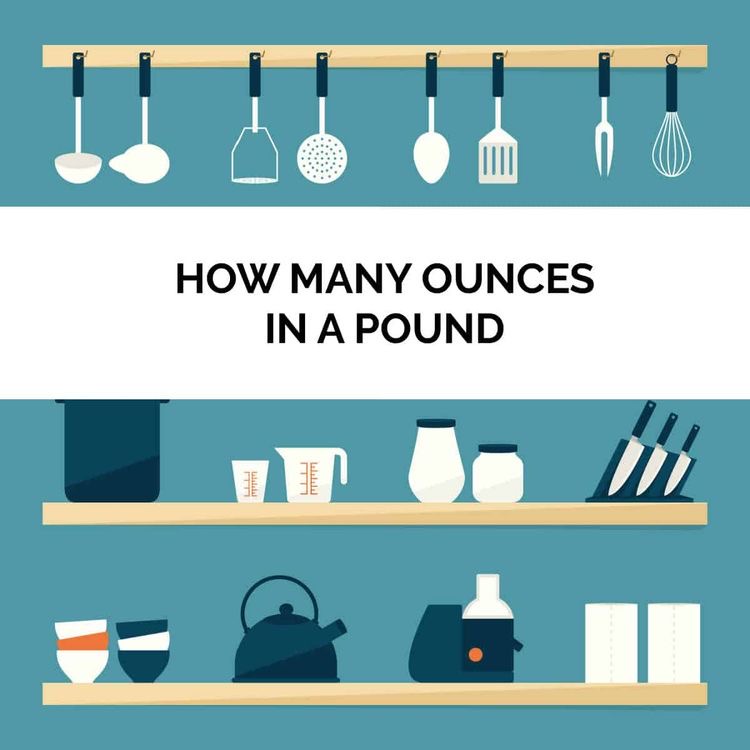Introduction
“How many quarts are in a gallon?” is the one common question that often arises when it comes to cooking, baking, or even measuring liquids for everyday purposes, understanding measurement conversions is essential. In this article, we will provide a comprehensive guide to answer this question and help you become proficient in converting quarts to gallons and vice versa.

Table of Contents
1. What is a Quart?
A quart is a unit of volume measurement in both the Imperial and US customary systems. It is abbreviated as “qt.” One quart is equal to 1/4th of a gallon, and it is commonly used to measure liquids like water, milk, or oil. In the metric system, one quart is approximately 0.946 liters.
2. What is a Gallon?
A gallon is a larger unit of volume measurement, also used in both the Imperial and US customary systems. It is abbreviated as “gal.” One gallon is equal to 4 quarts or 8 pints, making it a commonly used unit for measuring beverages, fuel, and other liquids. In the metric system, one gallon is approximately 3.785 liters.
3. How Many Quarts in a Gallon?
Now, let’s answer the central question: How many quarts are there in a gallon? As mentioned earlier, one gallon contains 4 quarts. Remembering this simple conversion will make your culinary adventures much more manageable.
4. Simple Method to Convert Quarts to Gallons
To convert quarts to gallons, you can use a straightforward formula. Divide the number of quarts by 4 to get the equivalent gallons. For example, if you have 8 quarts, the conversion would be 8 quarts ÷ 4 = 2 gallons.
5. How to Convert Gallons to Quarts
Converting gallons to quarts is equally easy. Multiply the number of gallons by 4 to find the equivalent quarts. For instance, if you have 3 gallons, the conversion would be 3 gallons × 4 = 12 quarts.
6. Why Are Accurate Measurements Important?
Accurate measurements are crucial in cooking and baking. They ensure that your recipes turn out as intended, with the right balance of flavors and textures. Using the wrong measurements can result in disappointing outcomes, like a cake that doesn’t rise or a dish that lacks seasoning.
7. Kitchen Conversions Made Easy
Converting measurements in the kitchen need not be daunting. Keep a handy conversion chart in your kitchen to quickly switch between quarts, gallons, liters, pints, cups, and ounces. This simple tool will save you time and effort when preparing your favorite recipes.
8. The Metric System vs. the Imperial System
The United States primarily uses the Imperial system for measurement, while most other countries worldwide rely on the metric system. Familiarizing yourself with both systems can be advantageous, especially if you enjoy trying international recipes or plan to travel abroad.
9. Understanding Measurement Units
Aside from quarts and gallons, there are various other units of volume measurements, such as pints, cups, and fluid ounces. Each unit plays a vital role in specific recipes and kitchen tasks. Learning when and how to use these units will make you a more versatile cook.
10. Common Kitchen Measuring Tools
Having the right tools in your kitchen can make all the difference in achieving culinary success. Some essential measuring tools include measuring cups, liquid measuring cups, and kitchen scales. Investing in quality tools will ensure accuracy and consistent results.
11. Baking Measurements vs. Liquid Measurements
Baking and cooking often require different measurement approaches. Baking requires precise measurements, especially when it comes to ingredients like flour and baking powder. Liquid measurements, on the other hand, are more forgiving and allow for adjustments.
12. Mastering Measurement Precision
As you gain confidence in the kitchen, you’ll find that mastering measurement precision becomes second nature. Measuring ingredients accurately contributes to the overall quality of your dishes and helps you experiment with new recipes confidently.
13. Tips for Perfect Baking Results
Baking can be both an art and a science. To achieve perfect baking results, consider factors like oven temperature, ingredient quality, and the mixing process. Additionally, follow recipes closely until you become comfortable making adaptations.
14. Cooking with Confidence: Recipes and Ratios
Cooking doesn’t always have to be rigid. Once you understand measurement ratios, you can start experimenting with your recipes and create dishes that suit your taste preferences. Embrace your creativity and cook with confidence.
15. Conclusion
In conclusion, knowing how many quarts are in a gallon is a fundamental skill for anyone who loves cooking and baking. Understanding measurement conversions empowers you to create delicious meals and treats with precision. So the next time you’re in the kitchen, remember the simple formula: 1 gallon = 4 quarts.
FAQs
- Is a quart larger than a gallon? No, a quart is smaller than a gallon. One gallon contains 4 quarts.
- Can I use a quart to measure dry ingredients? While quarts are commonly used for liquid measurements, they can also measure dry ingredients if a suitable measuring container is available.
- Is the gallon used worldwide? The gallon is primarily used in the United States and a few other countries. Most other countries use the metric system for volume measurements.
- How can I convert quarts to liters? To convert quarts to liters, multiply the number of quarts by 0.946. For example, 4 quarts ≈ 3.784 liters.
- Where can I find a reliable measurement conversion chart? You can find measurement conversion charts online or purchase a physical one at a kitchen supply store. Keeping it handy in your kitchen will simplify your cooking experience.
Share this content:








